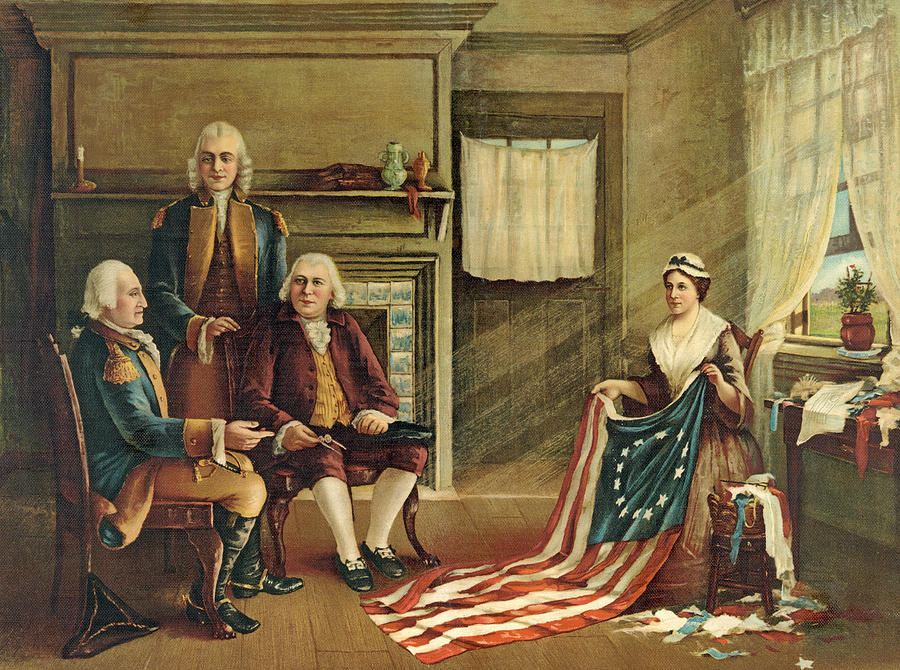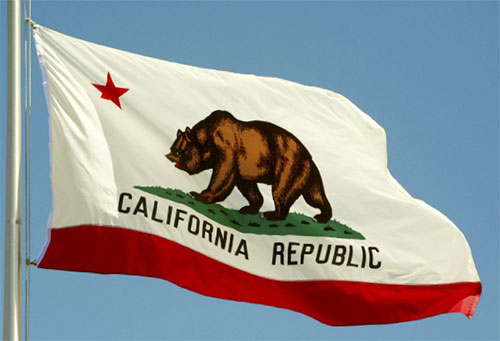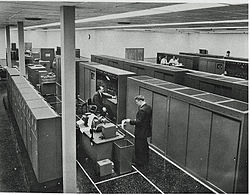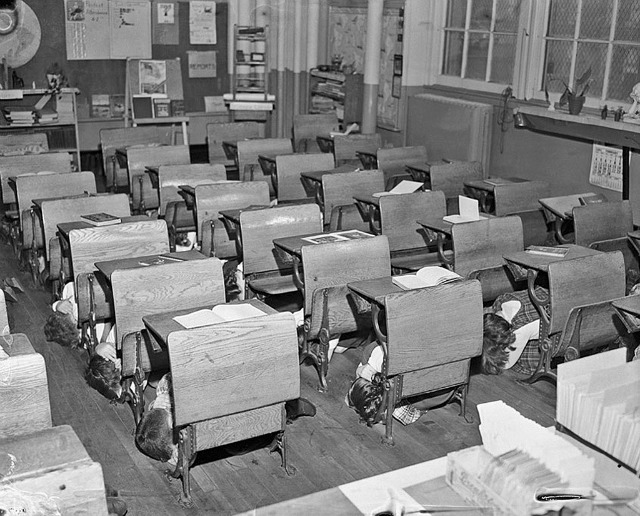1777 The US Congress adopted the stars and strips as the national flag. The popular lore is that a Philadelphia seamstress, Betsy Ross, designed it and gave it to George Washington who then recommended it to Congress.

1846 Sacramento, CA. The ambitious and irresponsible Captain John Fremont declared the California Republic, which lasted three weeks. This action precipitated the Mexican-American War. Americans outnumbered Mexicans in the area, and many Mexicans wanted freedom from distant Mexico City. The self-styled Bear Flaggers modelled some of their actions and the star on the flag on the earlier revolt in Texas. When US Navy ships arrived to protect the Bear Flaggers from Mexican retaliation, the California Republic evaporated.

1914 St John’s, Newfoundland. John Adcock and Arthur Brown took off in a Vickers biplane made of canvas and plywood to fly across the Atlantic, landing sixteen hours later in Clifton Ireland. This was the first trans-Atlantic flight.

1951 The US Census Bureau turned on UNIVAC, a commercial digital computer named the Universal Automatic Computer, a successor ENIAC or Electronic Numerical Integrator and Calculator. UNIVAC weighed 16,000 pounds and used 5000 vacuum tubes. The cell phone today has more computing power that this behemoth.

1954 The first nationwide civil defense drill in fifty-four cities to simulate a nuclear attack was declared a success though it was estimated that more than twelve million people would have been killed immediately. At 10 am Eastern Time alarms sounded and citizens were urged to seek shelter. President Eisenhower led the way by going underground. Such drills recurred with Conelrad tests a feature of my childhood. The name is a contraction of Control of Electromagnetic Radiation for those who must know such things. There are plenty of instances of such broadcasts on You Tube. (The most powerful reminder of those days is the film ‘Ladybug, Ladybug’ (1963). As usual the ‘New York Times’ reviewer, Bosley Crowther missed the point entirely in his comments on 24 December 1963.) Pictured below is an example of a duck-and-cover drill that we did. Today these drills are inspired by the NRA.

Skip to content
